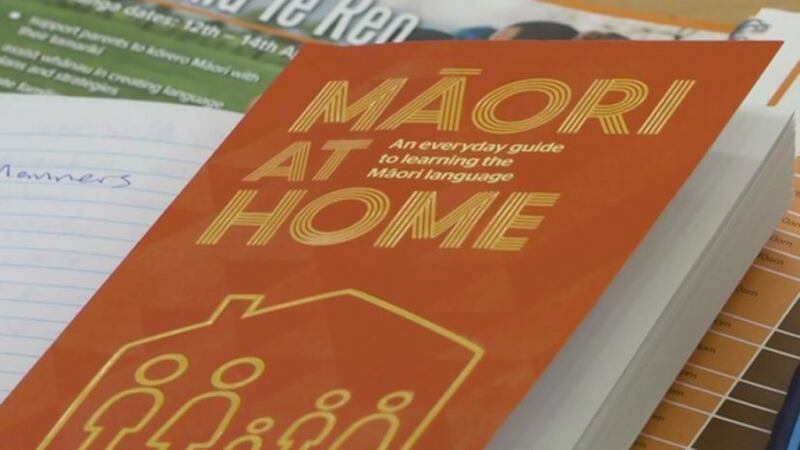Te reo revitalisation has taken a step forward with new research showing nearly three-quarters of four-year-olds are using at least some te reo Māori.
Te Mātāwai co-chairs Mereana Selby and Waihoroi Shortland say they are not surprised by the research led by Te Whare Wānanga o Awanuiārangi.
"For Te Mātāwai, restoring te reo Māori as a nurturing first language within homes and communities is our highest priority. The research gives us great confidence that we are tracking in the right direction,” says Shortland.
The research analysed information from the Growing Up in New Zealand study of more than 6,000 children and mothers’ assessments of te reo Māori use by their children at age two and again at age four-and-a-half.
Findings at age four included ten percent of children able to speak and understand simple sentences in te reo Māori. Non-Māori are also seeing the benefits of te reo Māori with 20 percent of those children surveyed able to speak or understand simple sentences in te reo Māori, a media statement from Te Mātāwai says.
Selby says the revitalisation efforts are a long-term strategy and it is important to stay focused and continue to invest in te reo Māori within homes and communities to ensure children continue to learn.
“Exposure to the language at a young age will also positively shape and influence attitudes towards Māori language and culture and, therefore, assist normalising the language and with achieving revitalisation goals.”
Te Mātāwai, which is charged with revitalising te reo, says the survey identified that attending kōhanga reo, having a te reo Māori speaking mother and living in communities where there are more Māori people and where te reo Māori is spoken are all important components to language revitalisation.

